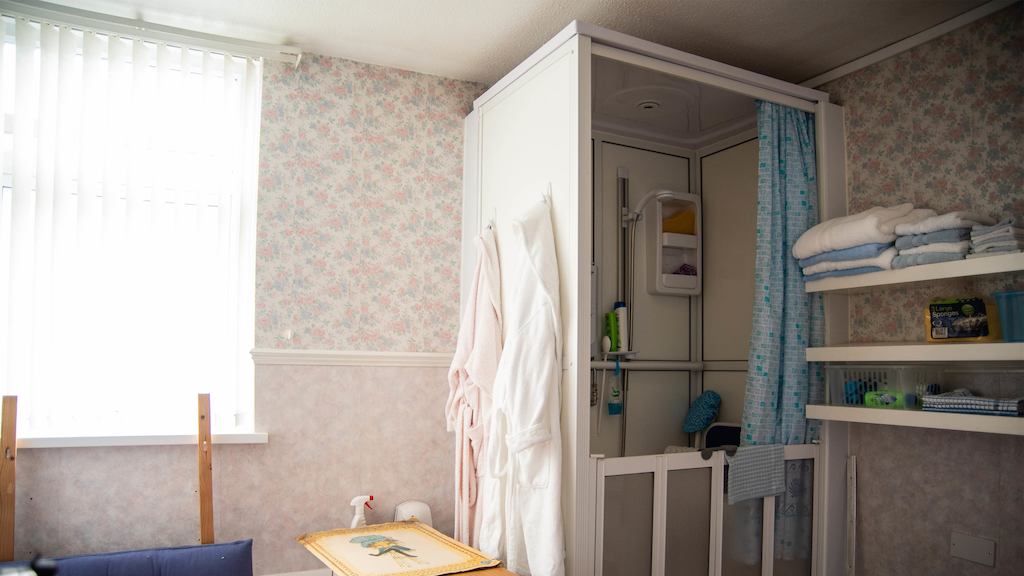Imagine a kitchen that you, your kids and your parents could use comfortably. Where your oven is eye or mid-level, reducing the need to frequently bend up and down with an armful of heavy, hot food. Where your appliances have dials which are easy to read and use, and interfaces that enable easy operation even if you are bleary eyed from sleep or your dexterity isn’t quite what it used to be. And where your doors and cupboards are lightweight and easy to open and close with minimal force, perfect for those days when you’ve got an armful of shopping and are attempting everything one handed.
How would you describe these products, or this environment? What words would you use? I’m probably in the minority of people who would use the word ‘inclusively designed.’
At the Centre for Ageing Better we have been undertaking a research project to understand how retailers and consumers think about ‘inclusive’ products – i.e., products that are well designed, easy-to-use and created with clear consideration of the needs of the majority of the population and our varying degrees of ability and mobility.
Our research has illustrated the positive impact products like this can have on individuals, supporting them to do daily tasks at home and remain independent.
However, one of the key and recurring findings that have emerged throughout this project is the lack of a common language around these types of products. The term ‘inclusive design’ is not widely known or understood and is used inconsistently across retailers, designers and consumers.
When the concept of inclusive design is explained to consumers, there is no doubt that the principle is a good one. However, one of the key challenges is making consumers aware of the easy-to-use and inclusive products that exist to meet their needs.


